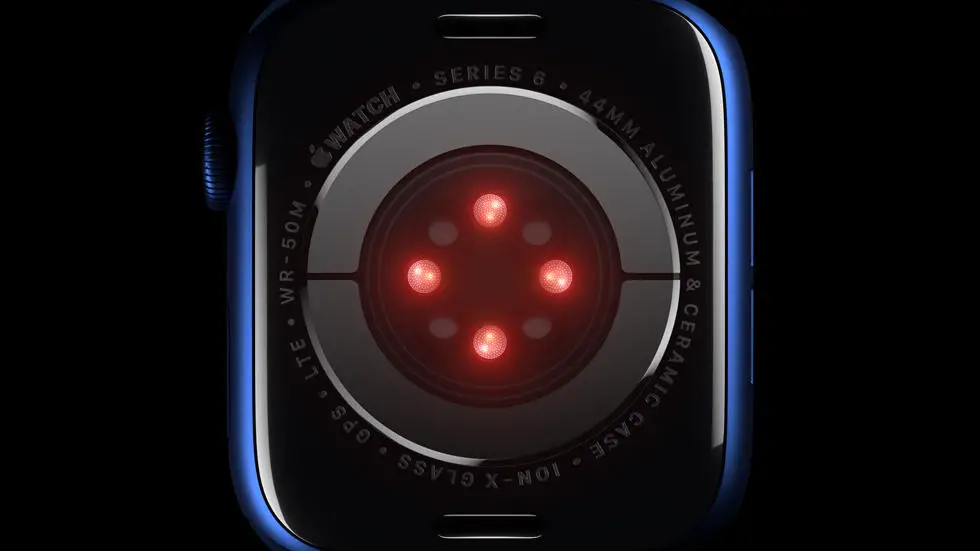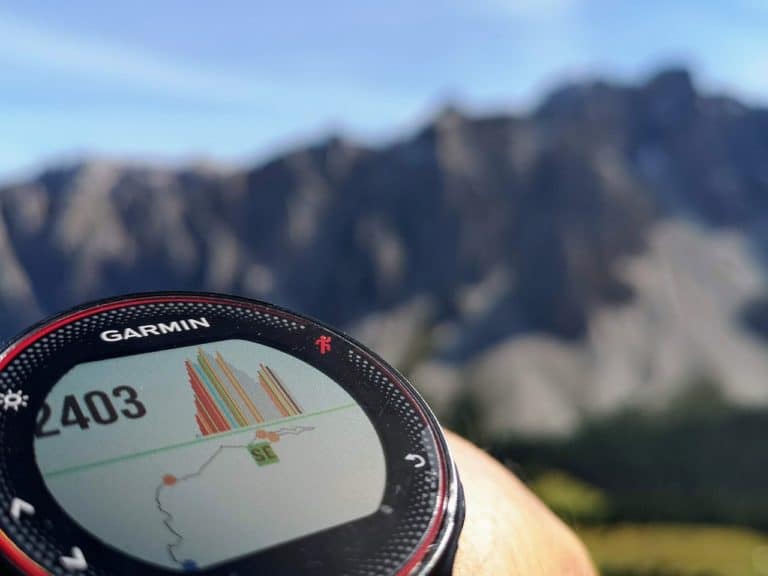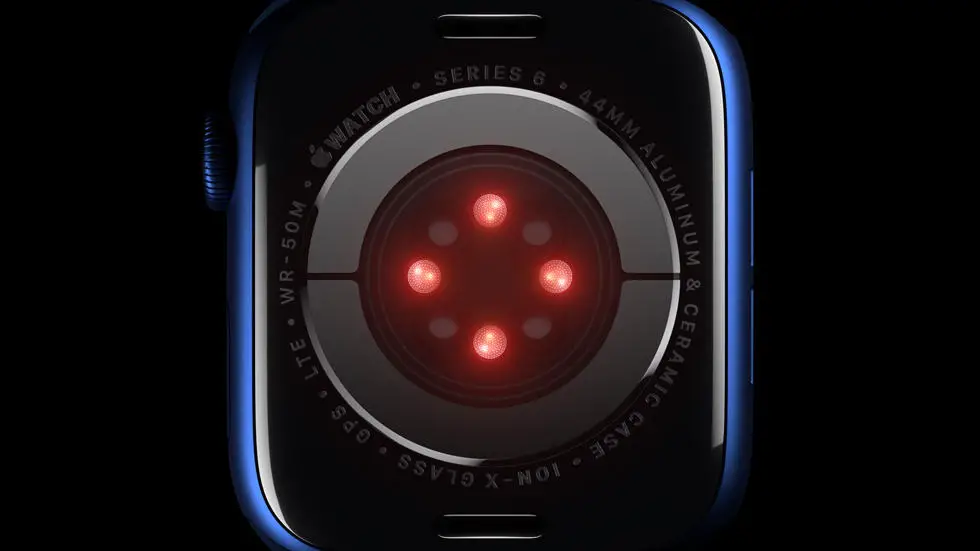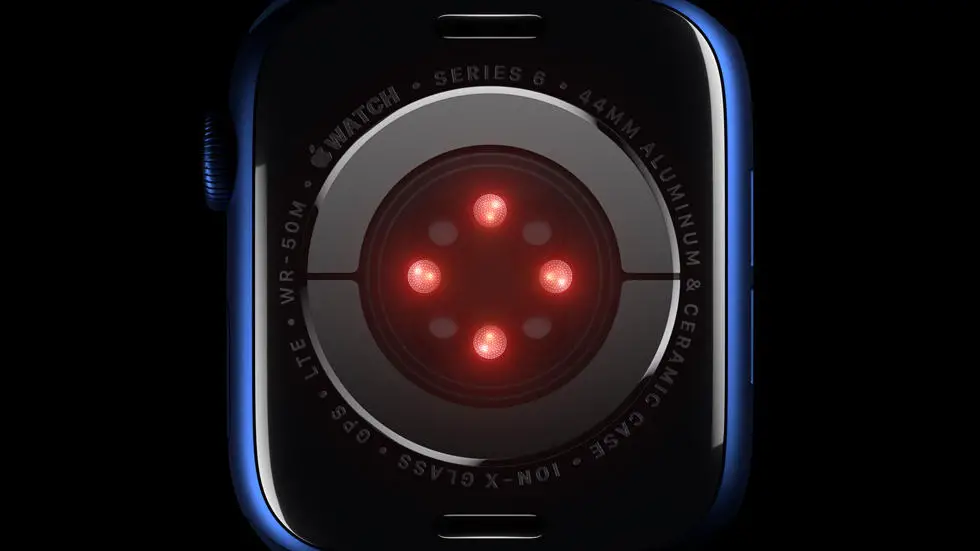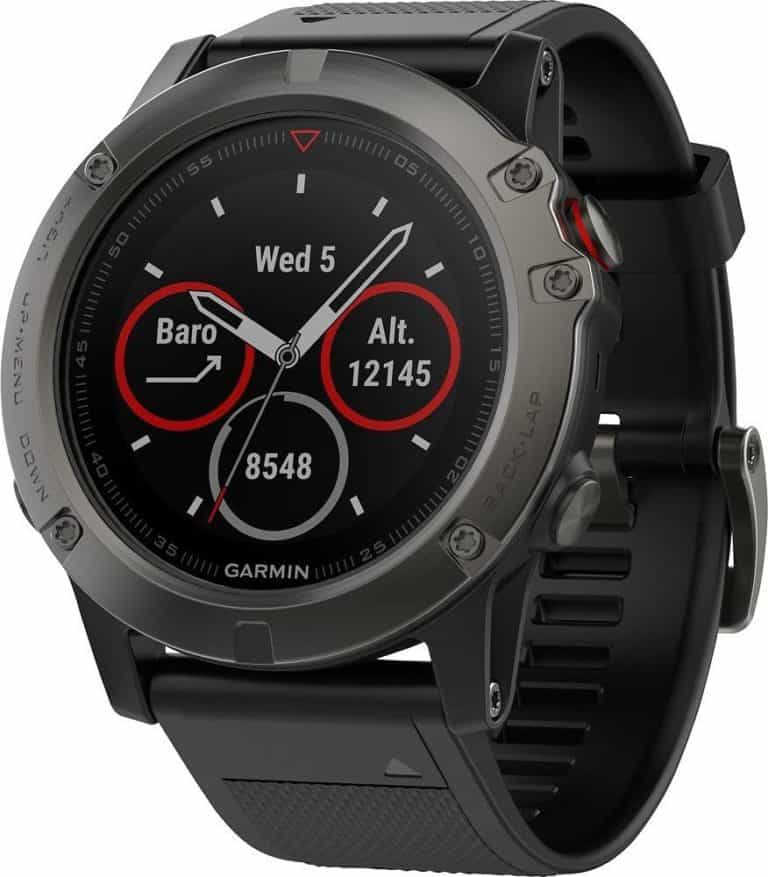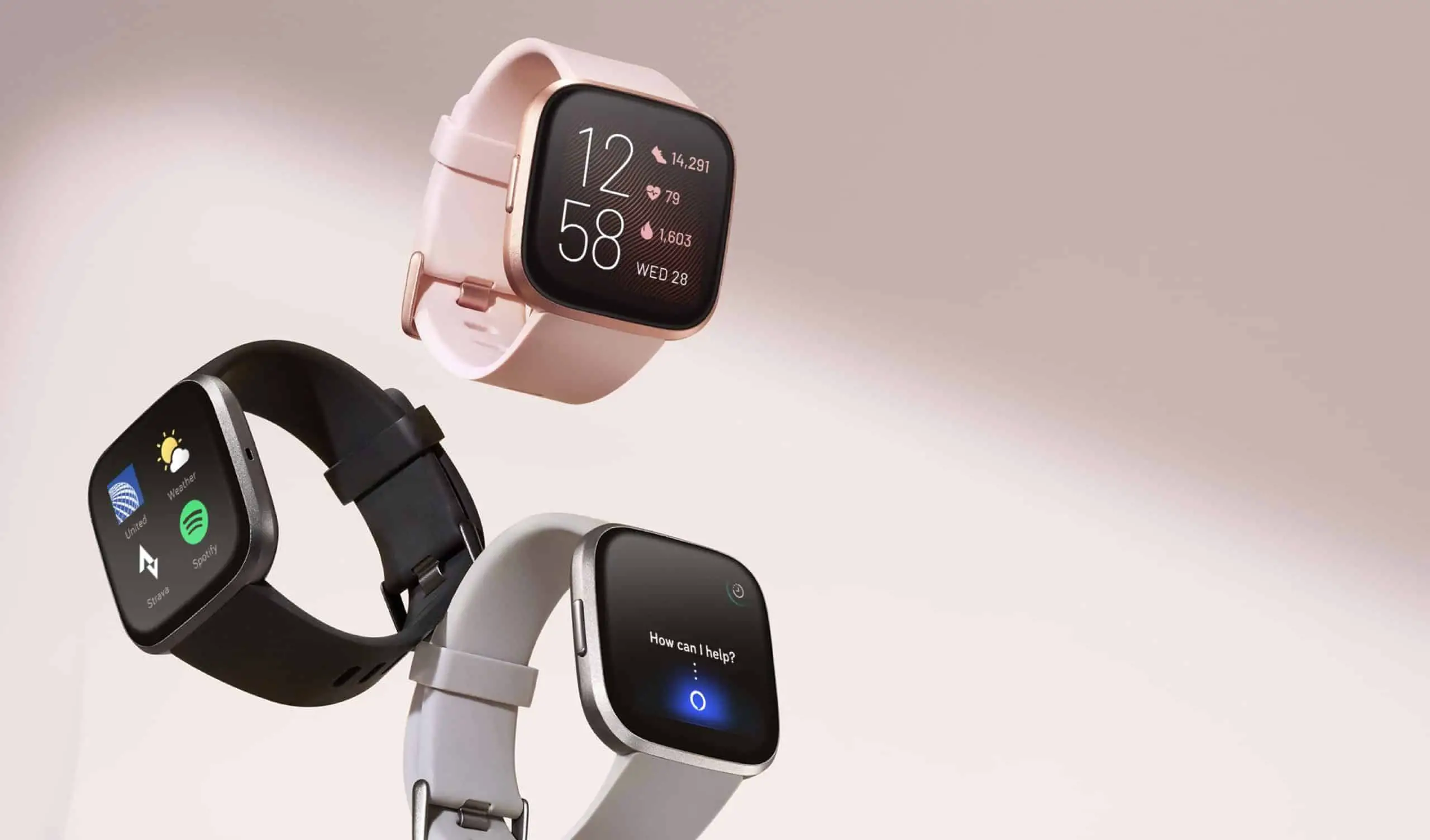Are you wondering how accurate the blood oxygen readings on the Apple Watch 6 really are? Many users have been curious about the reliability of this feature, especially when it comes to monitoring their health and fitness. With so much emphasis on wearable technology these days, it’s important to know just how accurate these readings are and whether they can be trusted.
As someone who works for a website that reviews thousands of wearable products, I have had the opportunity to test out the blood oxygen monitoring feature on the Apple Watch 6. I have spent countless hours comparing the readings to other devices and conducting research to determine just how accurate this feature really is. Based on my experience in the field, I have formed some opinions and insights that I am excited to share with you.
If you’re looking for answers and want to know whether the blood oxygen readings on the Apple Watch 6 can be trusted, you’ve come to the right place. In this article, I will provide you with my honest assessment of the accuracy of this feature and share any potential solutions or workarounds that may exist. So, if you’ve been wondering about the reliability of this feature, keep reading to find out what I think.
How Accurate Is Blood Oxygen On Apple Watch 6?
The Science Behind Blood Oxygen Monitoring
Blood oxygen monitoring, also known as SpO2 monitoring, measures the percentage of oxygenated hemoglobin in the blood. This is an important metric for assessing overall health and fitness levels. The Apple Watch 6 uses a combination of green, red, and infrared LED lights to measure blood oxygen levels.
Accuracy of Blood Oxygen Monitoring on Apple Watch 6
The accuracy of the Apple Watch 6’s blood oxygen monitoring feature has been a topic of debate since its release. While Apple claims that the device is accurate within a 2% margin of error, independent studies have shown varying results.
Factors Affecting Accuracy
Several factors can affect the accuracy of blood oxygen monitoring on the Apple Watch 6. These include skin pigmentation, ambient light, and motion artifacts. These variables can lead to inaccurate readings and should be taken into consideration when using the device for health monitoring purposes.
Comparison with Medical Devices
Studies have compared the accuracy of the Apple Watch 6’s blood oxygen monitoring feature with medical-grade devices. While the results have shown promising accuracy, there are still limitations to the device’s capabilities in comparison to professional medical equipment.
Real-World Applications
Despite the potential limitations, the blood oxygen monitoring feature on the Apple Watch 6 can still provide valuable insights into overall health and fitness levels. It can be particularly useful for individuals with respiratory conditions or those looking to optimize their workouts and recovery.
Improvements and Future Developments
As technology continues to advance, it is likely that the accuracy of blood oxygen monitoring on the Apple Watch 6 will improve. Apple is constantly updating its devices and software, and future developments may address some of the current limitations.
Conclusion
While the accuracy of blood oxygen monitoring on the Apple Watch 6 may not be perfect, it still provides valuable insights for users looking to track their overall health and fitness levels. As technology continues to evolve, it is likely that the accuracy and reliability of this feature will continue to improve.
FAQs
1. How does the Apple Watch 6 measure blood oxygen levels?
The Apple Watch 6 uses a combination of green, red, and infrared LEDs along with photodiodes to measure the amount of light reflected back from the blood. This data is then used to calculate the color of the blood, which indicates the oxygen saturation level.
2. How accurate is the blood oxygen measurement on the Apple Watch 6?
According to Apple, the blood oxygen measurement on the Apple Watch 6 is accurate within 1-2% of the actual value. However, it’s important to note that factors such as motion, skin perfusion, and other environmental variables can affect the accuracy of the measurement.
3. Can the Apple Watch 6 be used for medical purposes?
While the blood oxygen measurement feature on the Apple Watch 6 can provide valuable insights into your overall health, it is not intended for medical use. It should not be used as a substitute for professional medical advice or diagnosis.
4. Are there any limitations to the blood oxygen measurement on the Apple Watch 6?
Yes, the Apple Watch 6 may not be able to measure blood oxygen levels accurately for individuals with certain skin conditions, tattoos, or other factors that may interfere with the sensor’s ability to obtain accurate readings.
5. How can I interpret the blood oxygen readings from my Apple Watch 6?
The blood oxygen readings from the Apple Watch 6 are presented as a percentage, with a normal range typically falling between 95-100%. If you have concerns about your blood oxygen levels, it’s important to consult with a healthcare professional for further evaluation and interpretation.

